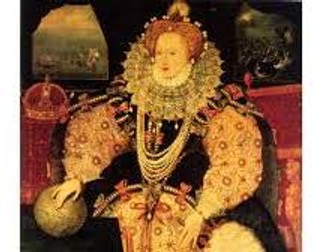Hitler Becomes Fuhrer
<p>How Hitler Became Führer</p>
<p>This GCSE revision resource looks into the pivotal events of 1934 that cemented Adolf Hitler’s absolute authority and transformed him into the Führer. Through an engaging video and accompanying worksheet, students will explore the strategies and events that allowed Hitler to consolidate power and establish a totalitarian regime.</p>
<p>Topics Covered:</p>
<p>Ernst Röhm and the SA: Why Hitler viewed them as threats to his power.<br />
The SS’s Role: How the SS rose to prominence by eliminating opposition and strengthening Hitler’s control.<br />
Hindenburg’s Death: Its significance in merging the roles of Chancellor and President into the Führer position.<br />
The Night of the Long Knives: A detailed breakdown of the events, motivations, and consequences of this purge.<br />
Army Allegiance: The shift in the military’s oath from loyalty to Germany to loyalty to Hitler himself.</p>
<p>This resource provides a clear and concise overview of how these events dismantled opposition and allowed Hitler to consolidate his dictatorship. Would work as part of a home learning task or flipped learning prior to a lesson.</p>






